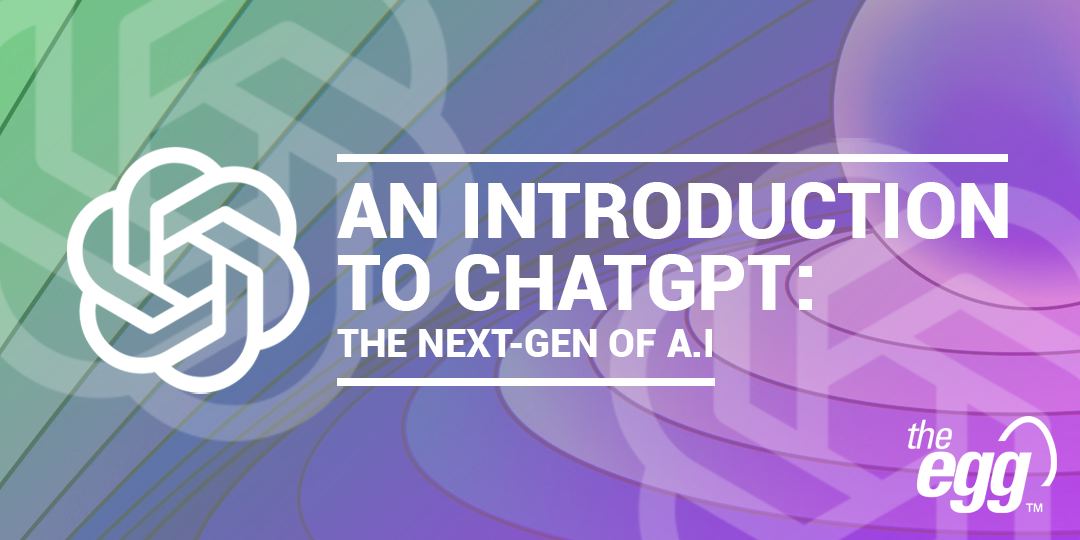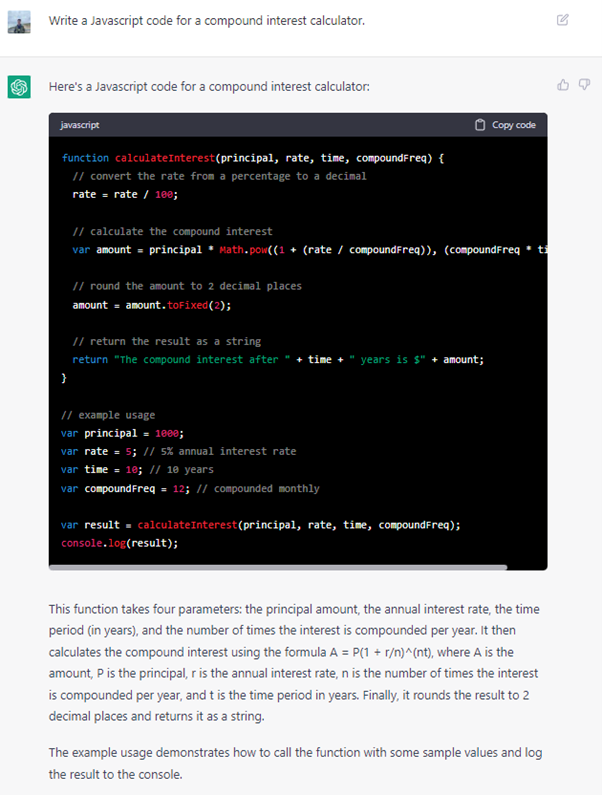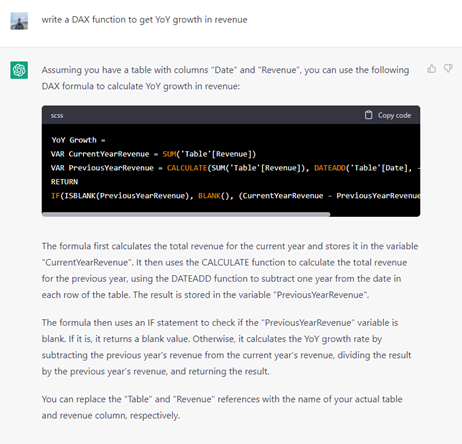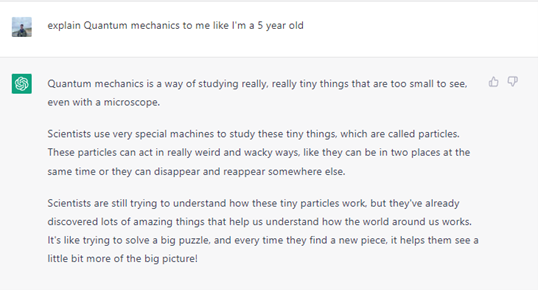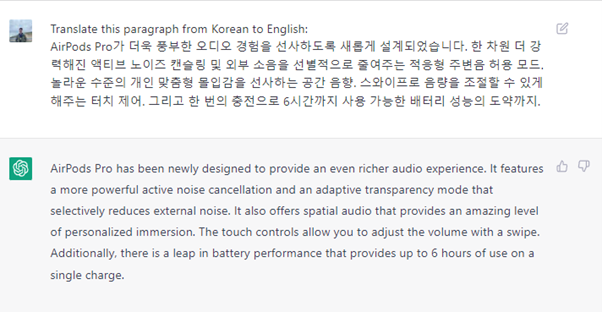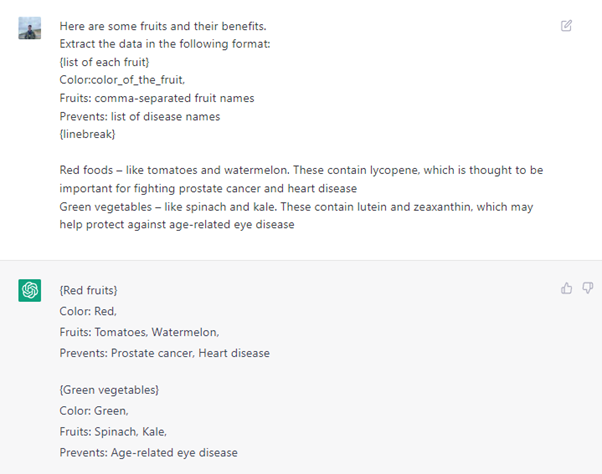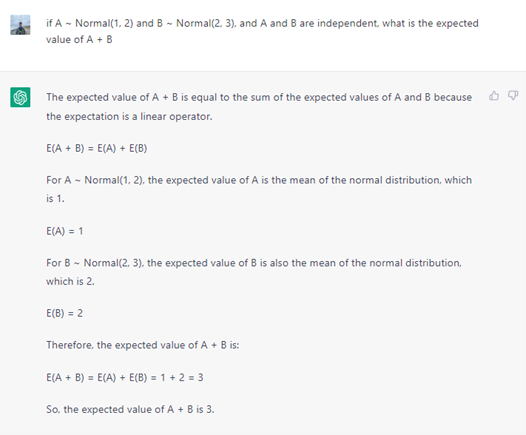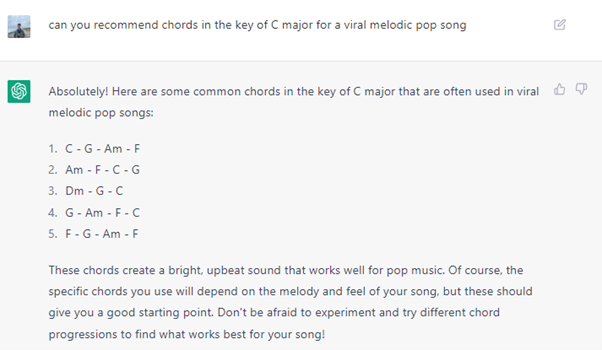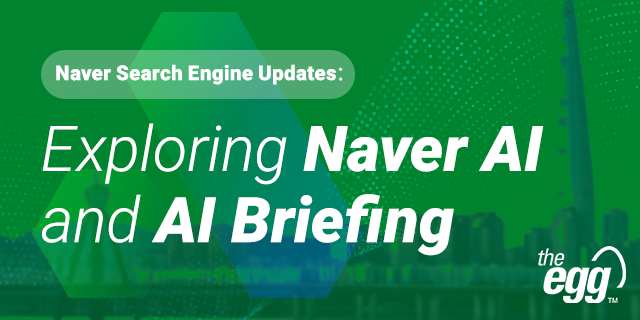An Introduction to ChatGPT: What is it and how can it be used?
From virtual assistants to predictive analysis, artificial intelligence (AI) has been integral to our digital world, transforming how we live, work, and interact with technology. And while Google has been a dominant player in the AI space for years, a new challenger in ChatGPT has arisen.
What is the phenomenon that is ChatGPT? And how does it stack up against Google? Here’s everything you need to know about it and how you can incorporate it into your daily work.
What is ChatGPT?
ChatGPT—or Generative Pre-trained Transformer—is a pre-trained generative chatbot powered by natural language processing (NLP) technology, enabling it to seamlessly understand and give textual answers to human prompts.
The chatbot is built upon OpenAI’s GPT-3 family of language models and has been fine-tuned using supervised and reinforcement learning techniques. It also sources data from a variety of high-quality sources, including textbooks, websites, articles, and much more, which helps refine its language model and, in turn, ability to provide more accurate and personalized responses.
Common ChatGPT Use Cases
Aside from providing short responses to user prompts, ChatGPT is useful across various use cases.
Let’s look at some common use cases.
Write or Debug Code
In this example, we asked ChatGPT to write a Javascript code for a compound interest calculator.
Prompting ChatGPT to write Javascript code
Write Functions
In this example, we asked ChatGPT to write a Data Analysis Expressions (DAX) function to get YoY growth in revenue.
Prompting ChatGPT to write a DAX function
Explain Concepts to a Specific Audience or in a Certain Style
In this example, we asked ChatGPT to explain quantum mechanics in a way that someone who was 5 years old would understand.
Prompting ChatGPT to explain a concept in a way a specific audience segment would understand
Translate Texts
In this example, we asked ChatGPT to translate a passage of text from Korean to English.
Prompting ChatGPT to translate a passage of text
Extract Data From Texts
In this example, we gave ChatGPT certain parameters to extract data that would be easier for a user to grasp.
Prompting ChatGPT to extract data from a text passage
Answer Mathematical Questions
In this example, we asked ChatGPT to solve a mathematical equation.
Prompting ChatGPT to solve a mathematical equation
Write Music
In this example, we asked ChatGPT to generate chords based on those used in popular melodic pop songs.
Prompting ChatGPT to write music chords
These are just a few examples of the many use cases of ChatGPT. Ultimately, since it leverages a language model, it can be tailored to meet different user requirements.
WANT DIGITAL INSIGHTS STRAIGHT TO YOUR INBOX?
What does Chat GPT excel at?
- Natural language processing: ChatGPT is equipped with advanced natural language processing capabilities, making it able to comprehend and generate complex code and functions for applications such as Excel, VBA, and Power BI’s DAX language. This allows users to type or speak in a conversational tone their desired functions or code, and ChatGPT will then generate it.
- Contextual understanding: ChatGPT has the capability to understand the context of conversations, taking into account prior interactions with the user to provide more relevant and meaningful responses.
- Personalization: ChatGPT is also capable of tailoring responses to each user’s requirements based on their preferences and past conversations.
Limitations of Using ChatGPT
- Limited knowledge cutoff: ChatGPT’s understanding is based on the data it was taught during its training, which ended in 2021. As such, it may not be attuned to the latest developments or events that have taken place since then.
- Generating long-form content: ChatGPT is best suited for generating short responses. While it can write long-form text, it may not perform as well in maintaining coherence and consistency throughout the piece.
- Emotional intelligence: While ChatGPT can generate human-like responses, it may not always understand the emotional context behind a conversation or recognize sarcasm, humor, or other subtle but critical nuances in human-to-human interaction.
ChatGPT vs Google: Key Differences
Fundamentally, ChatGPT is a chatbot designed to generate responses in natural language similar to those of humans while Google is primarily a search engine that provides extensive information on various topics.
Diving deeper, what other key differences differentiate the two?
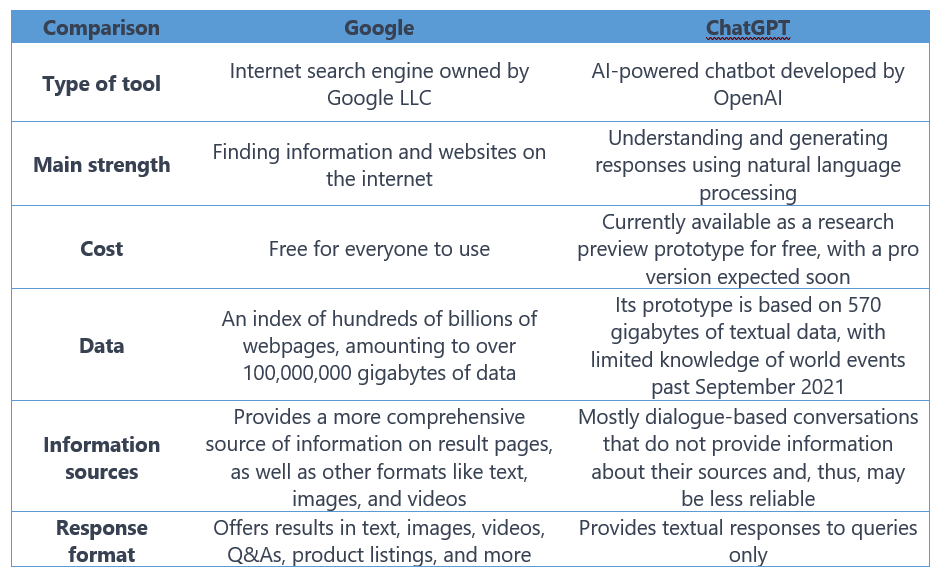
Ultimately, the choice between ChatGPT and Google will depend on your specific use case and desired outcome.
If you’re looking for a chatbot that can provide personalized, conversational responses, then ChatGPT may be the better choice. By contrast, if you need a search engine that can provide comprehensive information and integrate with other applications, then Google is likely the better option.
***
Will ChatGPT replace Google?
While ChatGPT may not entirely replace Google as a search engine, its integration with powerful search engines like Microsoft-owned Bing could make it a serious challenger to Google. Microsoft, holding a significant share in OpenAI, already plans to use ChatGPT to boost the capabilities of Bing, which could give it an edge over Google.
Despite the ongoing debate about whether ChatGPT will replace Google, the potential of AI technology is undeniable. And as AI technology continues to evolve, we can look forward to even more sophisticated and powerful chatbots like ChatGPT, revolutionizing the way we interact with machines and access information on the internet.


